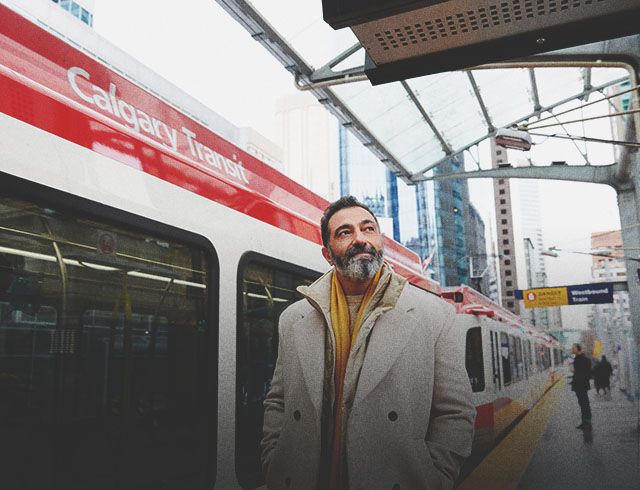Calgary is divided into four quadrants (N.W., N.E., S.W., and S.E.) with numbered streets and avenues laid out in a grid composing the downtown core. Numbered streets run north-south while numbered avenues run east-west.
Snow tires are recommended in the winter months when using a rental or personal vehicle.
Standard speed limits on Calgary roads are 40 kilometres an hour, unless otherwise posted. School zones and playgrounds have a special speed limit of 30 kilometres per hour during the hours indicated on signage.
You can find complete traffic reports and road closure information in Calgary or listen to 106.5 FM on your radio for up-to-date traffic advisories from the City of Calgary.
Within the city, traffic laws are enforced by the Calgary Police Service and photo radar that captures a photograph of speeding vehicles in certain areas of the city. There are also speed and red light cameras at several major intersections in the city, marked by a sign with a camera to advise motorists. Tickets resulting from photo radar are mailed to the registered owner of the vehicle and can be paid at Provincial Court or online.
Find more information about Intersection Safety Cameras (ISC) in Calgary.

